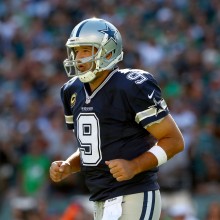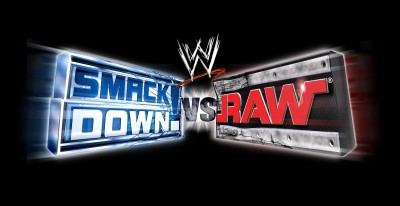Smackdown, long the WWE’s B-show to Raw, should be the lesser child no longer. USA Network and WWE announced their longstanding partnership is expanding in 2016, with Smackdown moving from Syfy to USA.
With there no longer being a clear division in reach, Smackdown’s move to USA is the time for WWE to pump up the B-show to A-level with the reintroduction of the brand split.
A new brand split is an opportunity to give more wrestlers a stage to shine. This was one of the glowing positives during the original brand split last decade, as the thinner rosters forced the creative team to elevate new stars.
John Cena’s star was born of the brand split. So, too, were Randy Orton’s and Batista’s.
Without the brand split, Eddie Guerrero may have never broken the glass ceiling for cruiserweights to contend for the WWE Championship.
Wrestlers lost in the fold and relegated to blink-and-you’ll-miss-it segments in the current structure become more prominent contributors by necessity.
A brand split would provide a bigger share of the spotlight for Damien Sandow, Curtis Axel, Dean Ambrose and other stars on the cusp of breaking out.
The brand split contributed to the watering down of the world title, as each company had its own title: the WWE Championship was Smackdown’s flagship belt from August 2002 until John Cena’s move to Raw in June 2005. The Big Gold Belt was resurrected in 2002 and ostensibly functioned as the Triple H Memorial Championship until Batista took it to Smackdown in 2005.
Rather than reintroduce a second World championship, a new brand split is an opportunity to double-down on WWE’s ongoing effort to reestablish the Intercontinental as a meaningful title.
In this dream scenario, the WWE World champion floats between the two shows, albeit not every week. Treat the champion’s appearances like a bigger deal, a la Brock Lesnar’s title reign. In the interim, the Intercontinental Championship becomes the top title on a week-to-week basis, exclusive to one of the two shows.
On the other, the United States Championship is elevated. This also becomes an opportunity to reinvigorate the tag-team and Divas division, and showcase NXT talent on the primary shows without moving them to the main roster full-time.
Initially, WWE ran brand-specific pay-per-views. This became a bit of an albatross, as the market was oversaturated — between two WWE PPVs a month, UFC and TNA, every weekend was filled — and the quality of cards was sometimes dismal.
Here’s a glimpse into just how badly a brand-exclusive PPV can go when a thin roster is expected to fill out 3 hours:
Great American Bash 2004
- John Cena vs. Rene Dupree vs. Booker T vs. Rob Van Dam
- Luther “No Relation to Roman” Reigns vs. Charlie Haas
- Rey Misterio vs. Chavo Guerrero
- Kenzo Suzuki vs. Billy Gunn
- Sable vs. Torrie Wilson
- Mordecai vs. Hardcore Holly
- JBL vs. Eddie Guerrero
- Undertaker vs. The Dudley Boyz
Not exactly a ringing endorsement to reintroduce the concept. However, there’s simply more talent at WWE’s disposal now. Moreover, the company doesn’t need to worry about oversaturating the PPV market.
On the contrary, with WWE Network, the organization has a 24-7 beast to feed with original content. What better way than with WWE Network-exclusive super-cards?
Treat these brand-specific special events more like NXT Takeover than the traditional WWE pay-per-views: Two hours in length, once every few months per brand, with an initial weeknight run.
Smackdown’s move is indeed a prime opportunity for WWE to shake things up considerably. The brand split’s return is just the kind of shake-up the company needs.




















